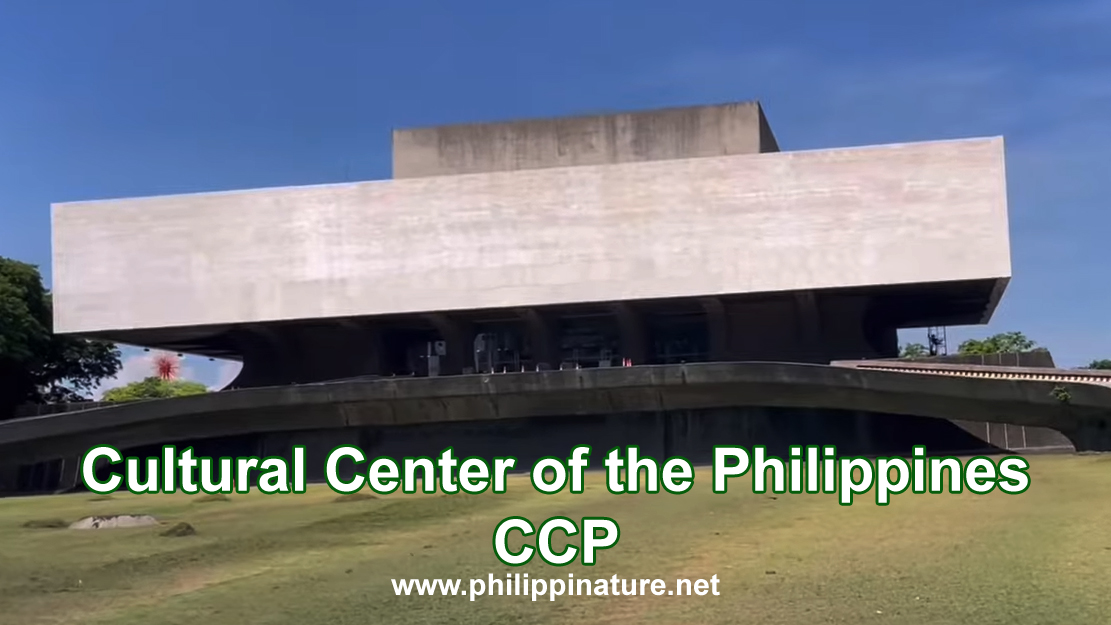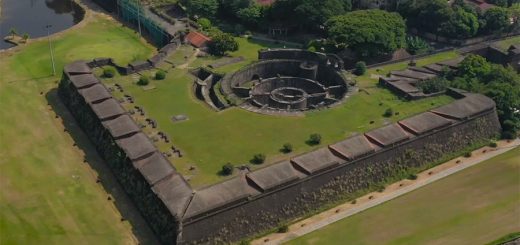The Cultural Center of the Philippines – A Hub of Art and Heritage

The Cultural Center of the Philippines (CCP) stands as a beacon of artistic expression and cultural heritage in the heart of Manila. Established in 1969, this iconic institution serves as a vital platform for promoting the diverse artistic traditions of the Philippines while also showcasing international works. Let’s delve into what makes the CCP a cornerstone of Philippine culture and the arts.
The CCP was founded during the administration of then-President Ferdinand Marcos, with the goal of preserving and promoting Filipino culture. Its establishment marked a significant turning point in the recognition of the arts in the Philippines. The center was designed by the renowned architect Leandro V. Locsin, whose modernist approach blends seamlessly with traditional Filipino aesthetics. The CCP complex spans over 62 hectares, featuring various theaters, galleries, and spaces for performing arts, making it a cultural haven.
Architectural Marvel
The CCP’s architecture is a striking representation of modernist design, characterized by its clean lines, open spaces, and innovative use of materials. The iconic main building is often admired for its dramatic façade and vast interiors, including the Tanghalang Nicanor Abelardo, a premier concert hall with exceptional acoustics. The design reflects both functionality and artistic vision, creating an environment conducive to creativity.
A Diverse Array of Arts
One of the primary missions of the CCP is to promote various forms of art. The center hosts a multitude of performances, including ballet, theater, music concerts, and visual arts exhibitions. Some of the notable resident companies include the Philippine Ballet Theatre, the CCP Dance Company, and the Philippine Philharmonic Orchestra, each contributing to the rich tapestry of Filipino performing arts.
The CCP also showcases international artists, fostering a spirit of cultural exchange and enriching the local arts scene. Festivals such as the CCP Pasinaya, a yearly arts festival, invite the public to experience a wide array of performances, workshops, and exhibitions—all aimed at making the arts accessible to everyone.
Educational Initiatives
Beyond performances and exhibitions, the CCP is deeply committed to education and outreach. The center offers workshops, seminars, and training programs for aspiring artists and cultural workers. Through its various initiatives, the CCP aims to nurture the next generation of Filipino artists, providing them with the tools and platforms necessary to thrive in the competitive world of the arts.
Celebrating Filipino Culture
At its core, the CCP is a celebration of Filipino identity and culture. The center actively promotes the rich heritage of the Philippines through various programs that highlight indigenous art forms, folk traditions, and contemporary expressions. It serves as a space for dialogue about cultural issues, fostering understanding and appreciation among diverse communities.
The Cultural Center of the Philippines is more than just a venue for performances; it is a vibrant community hub that plays a crucial role in the preservation and promotion of Filipino culture. Whether you’re a local resident or a visitor to Manila, a trip to the CCP promises an enriching experience filled with artistic discovery. From captivating performances to inspiring exhibitions, the CCP continues to be a vital part of the Philippines’ cultural landscape, inviting everyone to engage with the arts and celebrate the rich heritage of this beautiful nation.
Visit the CCP
If you find yourself in Manila, don’t miss the opportunity to explore the Cultural Center of the Philippines. Check their official website for upcoming events, exhibitions, and ticket information. Dive into the world of Filipino art and culture—it’s an experience you won’t forget!
References:
https://culturalcenter.gov.ph/









